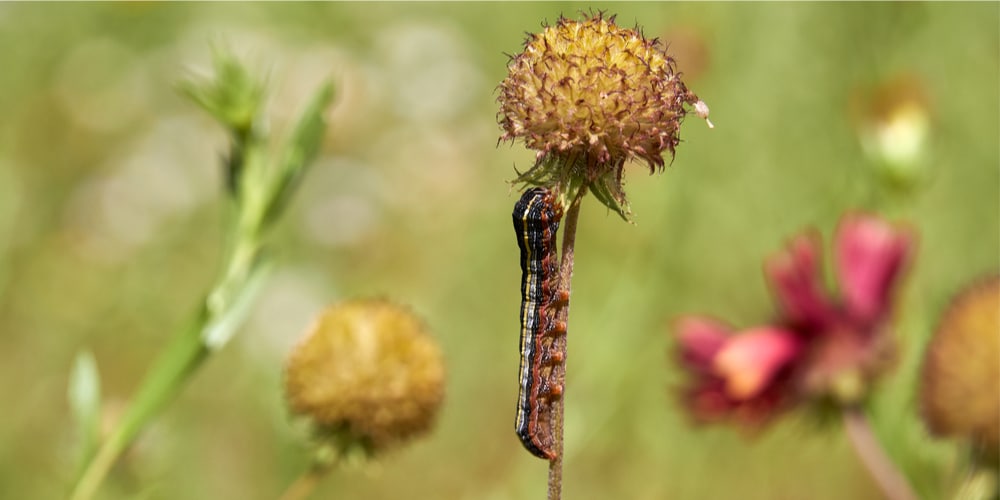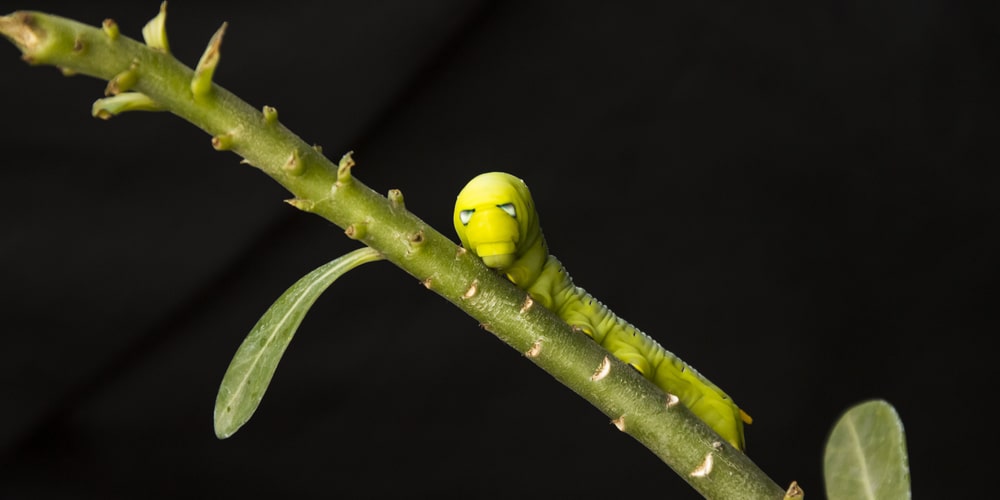Your lawn may have been recently attacked by fall armyworms, and now you’re in the recovery phase. The question is, how do you go about repairing lawn after army worms?
Here’s a step-by-step guide to bringing back a green and healthy turf after an armyworm invasion.
What are Armyworms?

Armyworms aren’t really worms, but rather a species of caterpillar that turns into a moth in its adult stage. Also, these insects do not take on a camouflaged appearance like army soldiers, but they do exhibit a ‘marching’ behavior or pattern of destruction when attacking a lawn.
If your lawn turns from green to brown in a matter of days, then it’s most likely a fall armyworm infestation. The pattern is similar to mowing, except that the turf turns brown instead of lush green.
The worst part of an armyworm attack is that they tend to repeat each year. You can try and prevent another armyworm infestation by treating your lawn or keeping it healthy enough to withstand a visit from these pests.
How to Repair Lawn After Army Worms?
Feed Your Lawn
The first thing you will need to do after getting rid of fall army worms is to help your lawn recover from the infestation.
Depending on the type of grass you have, you’ll want to feed your grass the right type of fertilizer in the recommended dosage. Your turf will try its best to regrow and get back to lush greenery, and feeding will help support the extra boost it needs to push out leaf blades from its stolons or rhizomes.
Follow instructions as per the fertilizer label and water your lawn deeply so the nutrients get into the soil. You can do this once a month until you see signs of growth. Cool-season grass is best fertilized in late summer to early fall, while warm-season grass is best fertilized in early spring or when soil temperatures reach 60 degrees F or higher.
Water Adequately and Regularly
Armyworms can deal a lot of damage, especially if your sod is new and the grass is healthy. Similar to the fertilizing aspect, you’ll want to establish a regular watering routine so your turf can get the energy it needs to grow again.
During the growing season, you can water once or twice weekly. It’s important to water deeply so you can reach the grass roots and so it can recover. Although it may sound counterintuitive, watering a brown lawn that’s been subjected to armyworm infestation is what you should do. You may not see the results immediately but you’re doing your turf a favor by irrigating the ground.
Take Care of Your Grass
The good news is that most grass species will recover after armyworms get through a lawn. These insects will typically only eat the grass blades at the soil surface, but not below where the roots and rhizomes are.
Lawn care is important if you don’t want to experience severe pest infestations such as armyworms coming to your landscape. As a yard owner, it is your responsibility to take care of your lawn and to water it as needed. Feeding is important as well so weeds won’t be able to get a foothold in your yard.
Ideally, you shouldn’t mow your turf too short or it will invite pests and unwanted grass. The recommended height is around three inches, which will block out pesky weeds. Regular nitrogen supplementation is required to keep your grass lush and thriving.
Regular Mowing and Plant Debris Removal
Although fall armyworms can still appear on a healthy lawn, you stand a chance of the adult moth laying their eggs somewhere else with regular maintenance and upkeep.
Armyworm moths tend to choose areas with lots of weeds and tall grass. That said, you can keep your turf mowed regularly to keep it reasonably short, and remove plant debris and similar clutter out your yard.
Keep your lawn neat and nature takes care of the rest. Natural armyworm predators will find it easier to pick them off if they can spot them. Also, healthy grass will have a greater chance to recover and at a faster rate in the event army worms come into your yard.
Related Article: Black Worms on Tomato Plants
